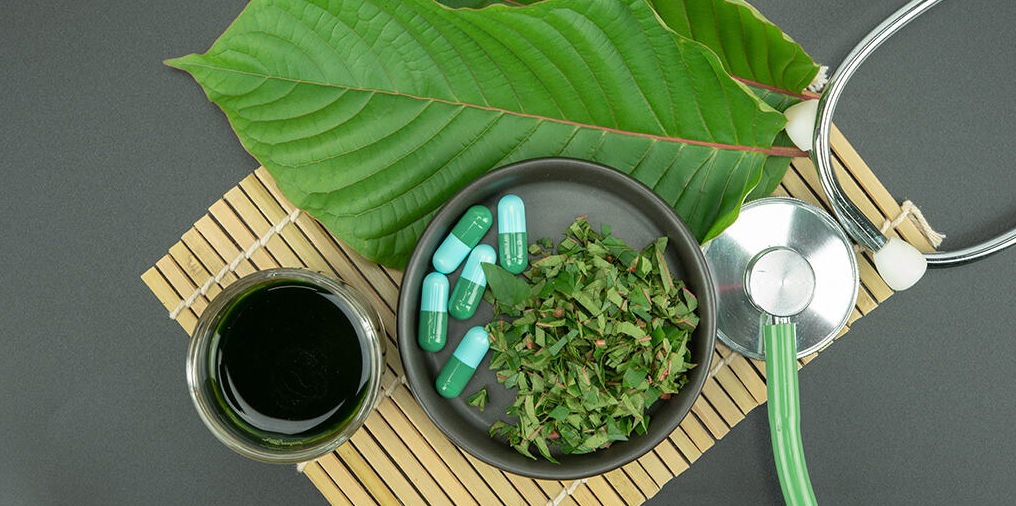Is It OK to Take Kratom Every Day? first appeared on https://kratomspace.com

Too much of anything can quickly tip the scales from beneficial to detrimental, and Kratom is no exception. While you technically could, and many do take Kratom every day, there are many reasons why you may want to reconsider approaching the Kratom in this matter.
Long story short, researchers don’t know enough about Kratom to fully support the safety of it even with short-term use, and prolonged exposure may exasperate your risks – but that’s not the only reason.
Getting Mixed Messages?
You aren’t alone!
As society works towards deepening their understanding of Kratom and how it works, a lot of propaganda and conflicting information will make its way out into the public – from both those who are against Kratom and from those who advocate for it.
In this post, we aim to give you unbiased information about taking kratom every day.
Building A Tolerance to Kratom
The human body’s ability to adapt has gone a long way in ensuring the survival of our species, but it also comes with some downsides, like a natural inclination toward building tolerance.
When the body builds a tolerance to something, a person needs more of it to achieve their desired effect. The more frequently you take something, the more quickly tolerance builds, which is more often than not the case with the daily use of Kratom. And many people do use kratom daily, for example for social anxiety.
If you take Kratom every day you may quickly find yourself with a creeping desire to increase your dose, which in addition to being hard on the digestive system, is a slippery slope for a variety of other reasons that we’ll touch on below.
Why Daily Kratom Use is Controversial
When you’re browsing Kratom related forums, you’ll likely notice a divide between people who take Kratom daily with no issue and those who took Kratom daily and caution others against doing the same.
While we are not medical professionals and are not qualified to say for certain, there appears to be a correlation between those who use very small doses for an energy boost and those who promote its daily use, while those who take moderate to high doses for things like pain and anxiety relief seem to fall on the side of cautioning others.
Could it be that some of these risks increase with higher doses? Perhaps, but it’s hard to say for certain.
What we do know is that there are documented cases of people who have experienced what we touch on below, which indicates a need for caution when determining how often to consume Kratom, especially if you’re taking other medications like suboxone.
Psychological Dependence and Physical Addiction
Kratom has a powerful effect on mood, promoting feelings of well being, and with larger doses even the full-blown euphoria. While Kratom boasts dozens of compounds, the research that has been done indicates that this is due to the fact that some of them are partial opioid receptor agonists.
With that information in mind, it’s clear to see how a psychological dependence of Kratom could quickly develop with regular use.
Physical addiction is also a possibility, as with a variety of other substances when they are consumed on a daily basis.
Kratom is not alone in this regard, and we should be careful not to completely demonize it on this basis alone, but for harm reduction purposes it is important to acknowledge it.
There’s A Lot We Don’t Understand
We’ve hit on this in some other posts, but it’s a point worth driving home.
There have been documented cases of people running into severe side effects from Kratom who were otherwise healthy. Some of these individuals only used Kratom occasionally.
As things currently stand, we have no true understanding of what may cause some individuals to be more vulnerable than others.
By using Kratom daily, you may be subjecting yourself to unknown risks and long-term side effects.
The Takeaway
While some people out there have gotten away with using Kratom daily without ill effect, user reports, and the limited medical studies that we do have access to indicate that you should proceed with caution.
If you’re considering using Kratom at all, it’s important that you consult with a trustworthy medical professional to assess where you may fall on the risk/benefit spectrum.
Something else on your mind that we might be able to help clear up for you?
Feel free to drop a comment!




